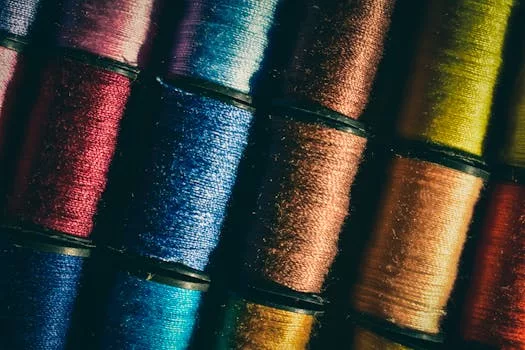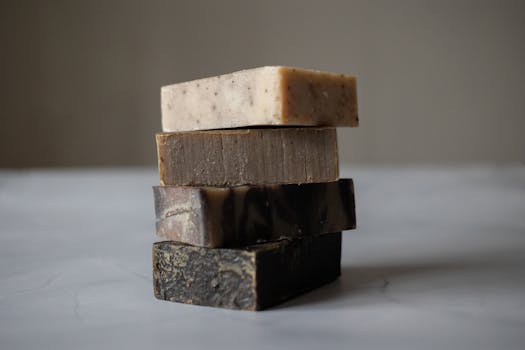
Smart Fabrics: The Next Frontier in Wearable Technology for 2026
Introduction to Smart Fabrics
Smart Fabrics, the next frontier in wearable technology for 2026, is a rapidly growing field that combines textiles with advanced technologies such as sensors, conductive materials, and microelectronics. Smart fabrics have the potential to revolutionize the fashion industry by providing wearable technology that is both functional and fashionable. In this article, we will explore the latest advancements in smart fabrics and their potential applications in the fashion industry.
Types of Smart Fabrics
There are several types of smart fabrics, including:
- Conductive fabrics: These fabrics are made with conductive materials such as copper, silver, or carbon, which allow them to conduct electricity. Conductive fabrics can be used to create wearable technology such as smart clothing, accessories, and textiles.
- Sensing fabrics: These fabrics are embedded with sensors that can detect various parameters such as temperature, humidity, and pressure. Sensing fabrics can be used to create wearable technology that can monitor vital signs, track physical activity, and provide real-time feedback.
- Shape-memory fabrics: These fabrics can change shape in response to temperature or light. Shape-memory fabrics can be used to create wearable technology that can adjust to the wearer’s body temperature or provide shade in response to sunlight.
Applications of Smart Fabrics
Smart fabrics have a wide range of potential applications in the fashion industry, including:
- Wearable technology: Smart fabrics can be used to create wearable technology such as smart clothing, accessories, and textiles that can monitor vital signs, track physical activity, and provide real-time feedback.
- Fashion design: Smart fabrics can be used to create innovative fashion designs that can change shape, color, or texture in response to various parameters such as temperature, humidity, or light.
- Textile manufacturing: Smart fabrics can be used to improve textile manufacturing processes by providing real-time feedback on fabric properties such as strength, durability, and conductivity.
Conclusion
In conclusion, smart fabrics are a rapidly growing field that has the potential to revolutionize the fashion industry. With the latest advancements in smart fabrics, we can expect to see innovative wearable technology, fashion designs, and textile manufacturing processes that can improve our daily lives. As we look to the future of wearable technology in 2026, it is clear that smart fabrics will play a major role in shaping the industry.



